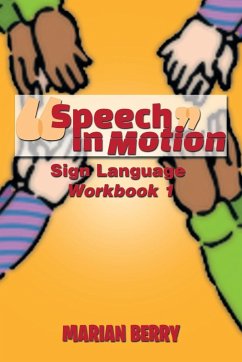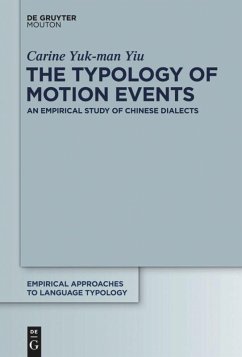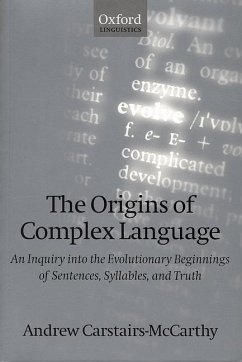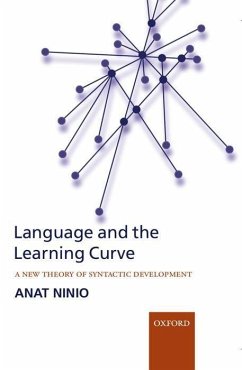
Motion Encoding in Language and Space
Versandkostenfrei!
Versandfertig in 1-2 Wochen
163,99 €
inkl. MwSt.

PAYBACK Punkte
82 °P sammeln!
This book brings together researchers in linguistics, computer science, psychology and cognitive science to investigate how motion is encoded in language. Part I considers the parameters of the field, while part II looks at the way in which spatial scale or granularity plays a role in the encoding of motion in language.












